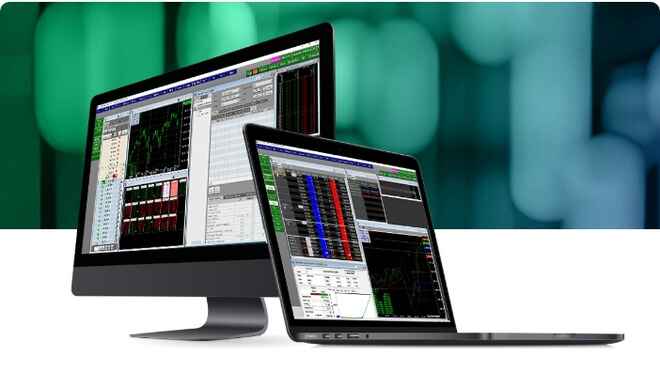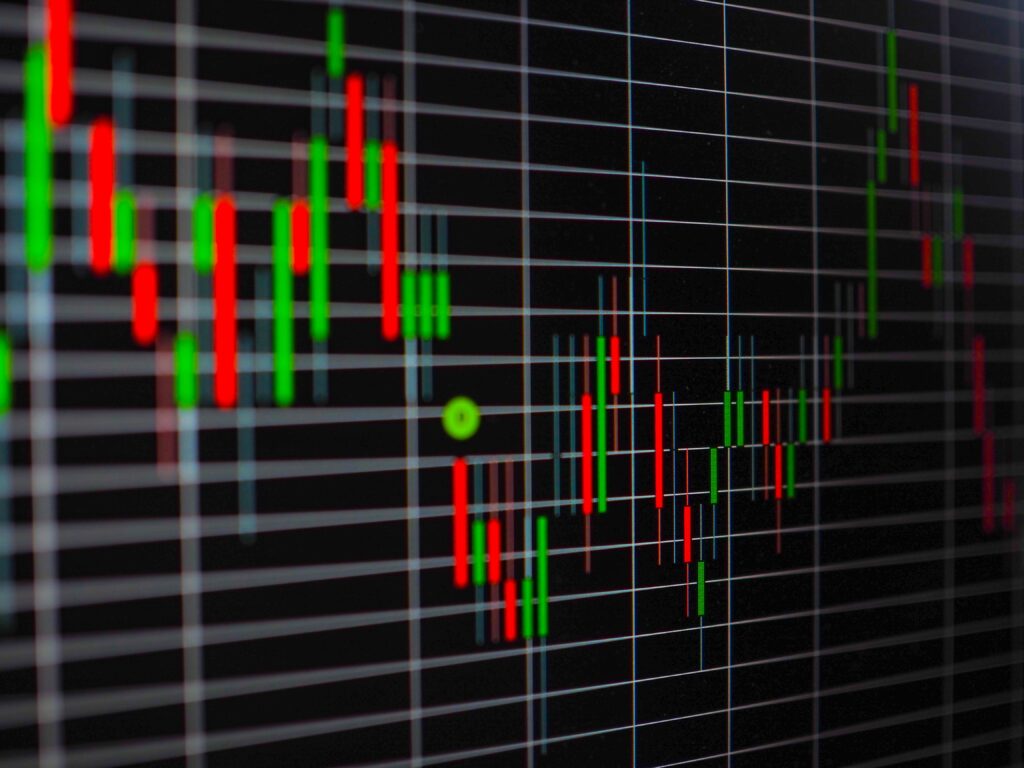Have you ever wondered why the Dow Jones Industrial Average (DJIA) seems to fluctuate so much? Well, one reason is the vast range of global factors that can impact the stock market index. Since the DJIA is made up of 30 large publicly traded companies with global operations, it’s highly sensitive to changes in the global economy, interest rates, trade policies, and central bank policies. As a trader or investor, it’s important to stay up to date on these global factors to make informed decisions. With that in mind, let’s take a closer look at the impact of economics on DJIA futures, and how to interpret and act upon DJIA futures fluctuations.
What are Dow Jones (DJIA) Futures?
DJIA futures allow traders to speculate on the future value of the Dow Jones Industrial Average index, which tracks 30 large publicly traded companies. By making educated guesses about the direction of the market, traders can potentially profit from the ups and downs of these companies’ stocks.
What are DJIA Futures Investment Methods?
Traders can profit from movement in the Dow Jones via several methods:
Futures
DJIA futures are contracts that allow traders to speculate on the future value of the index. Traders can enter both long and short positions, with the potential for significant profits (and losses) based on the movement of the index. Futures contracts typically have a fixed expiration date and require margin to enter into trades.
Options
DJIA options are contracts that give traders the right, but not the obligation, to buy or sell the index at a specified price on or before a specified date. Options provide traders with flexibility in terms of managing risk and can be used to speculate on the future movement of the index. Options contracts also require margin to enter trades.
ETFs
DJIA ETFs are exchange-traded funds that track the performance of the index. ETFs are a type of investment fund that can be bought and sold on stock exchanges like individual stocks. ETFs provide traders with exposure to the index without having to enter into futures or options contracts. However, ETFs do not provide the same leverage potential as futures or options.
How Do DJIA Futures Relate to the Global Economy?
The DJIA futures market is closely tied to the global economy, as the index is made up of 30 large publicly traded companies with global operations. Changes in the global economy can have a significant impact on the performance of these companies, and therefore the value of the index. For example, a recession or financial crisis in one country can lead to a decrease in demand for goods and services, which can negatively impact the earnings of companies within the DJIA index that rely on international trade. This, in turn, can lead to a decrease in the value of the index and the price of DJIA futures.
Similarly, changes in global economic policy or events such as trade negotiations can also impact the DJIA futures market. For example, tariffs or other trade restrictions can increase costs for companies within the index that rely on international trade, leading to a decrease in the value of the index and the price of DJIA futures. Let’s take a deeper look into some additional questions you might have about how DJIA futures and global economics are linked.
Q: What Is the Impact of International Trade Policies on DJIA Futures Prices?
A: Policies such as tariffs or trade restrictions can increase costs for companies within the index that rely on international trade, which can lead to a decrease in the value of the index and the price of DJIA futures. For example, if the US imposes tariffs on imported goods from Brazil, this can lead to increased costs for US companies that rely on Brazilian imports, such as technology or manufacturing companies within the DJIA index. This can result in decreased earnings for these companies, which can lead to a decrease in the value of the index and the price of DJIA futures.
Q: How Do Interest Rates and Monetary Policies of Central Banks Impact DJIA Futures?
A: Changes in interest rates and monetary policies can impact the cost of borrowing and the availability of credit, which can have implications for companies within the DJIA index. For example, if a central bank raises interest rates, this can lead to increased borrowing costs for companies within the DJIA index, which can impact their earnings and lead to a decrease in the value of the index and the price of DJIA futures. On the other hand, if a central bank lowers interest rates or engages in expansionary monetary policy, this can lead to increased borrowing and potentially boost the earnings of companies within the DJIA index.
Q: How Does Economic Growth or Recession in Major Countries Affect DJIA Futures?
A: During periods of economic growth, companies within the DJIA index may experience increased demand for goods and services, leading to increased earnings and potentially a higher value for the index and the price of DJIA futures. On the other hand, during periods of recession, companies within the index may experience decreased demand and reduced earnings, leading to a decrease in the value of the index and the price of DJIA futures.
Q: How Do DJIA Futures Respond to Emerging Markets and Their Economic Development?
A: Emerging markets are countries with developing economies and are often considered high-growth potential markets. The growth of these markets can have a significant impact on the earnings and operations of companies within the DJIA index, which can in turn impact the value of the index and the price of DJIA futures.
How RJO Futures Can Help with DJIA Futures Trading
RJO Futures has the ideal combination of advanced technology and peerless customer support to help maximize your odds of success. By working with RJO Futures, you gain access to a market-leading trading platform, trading tools, and diverse asset and account types. RJO also provides you with another ace-in-the-hole: A team of seasoned investment experts who can help guide you every step of the way. Contact RJO Futures to learn more about how we can help you with Dow Jones Industrial Average futures.


